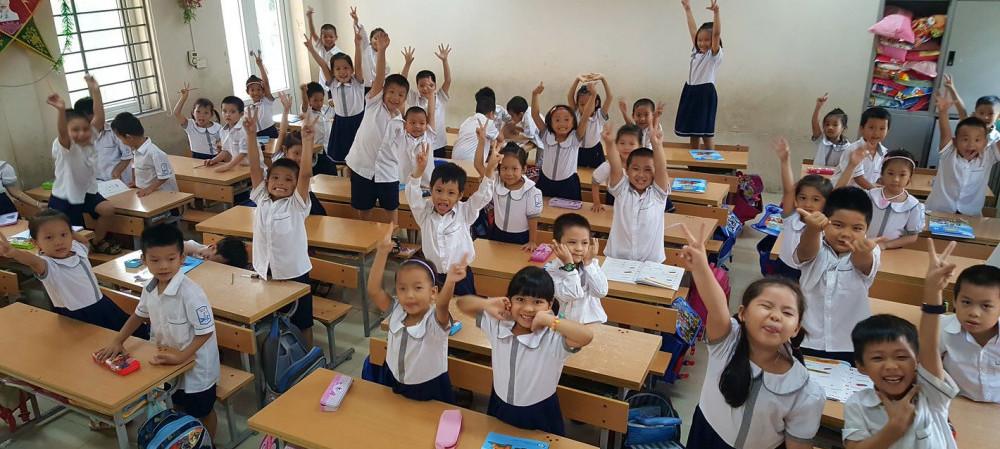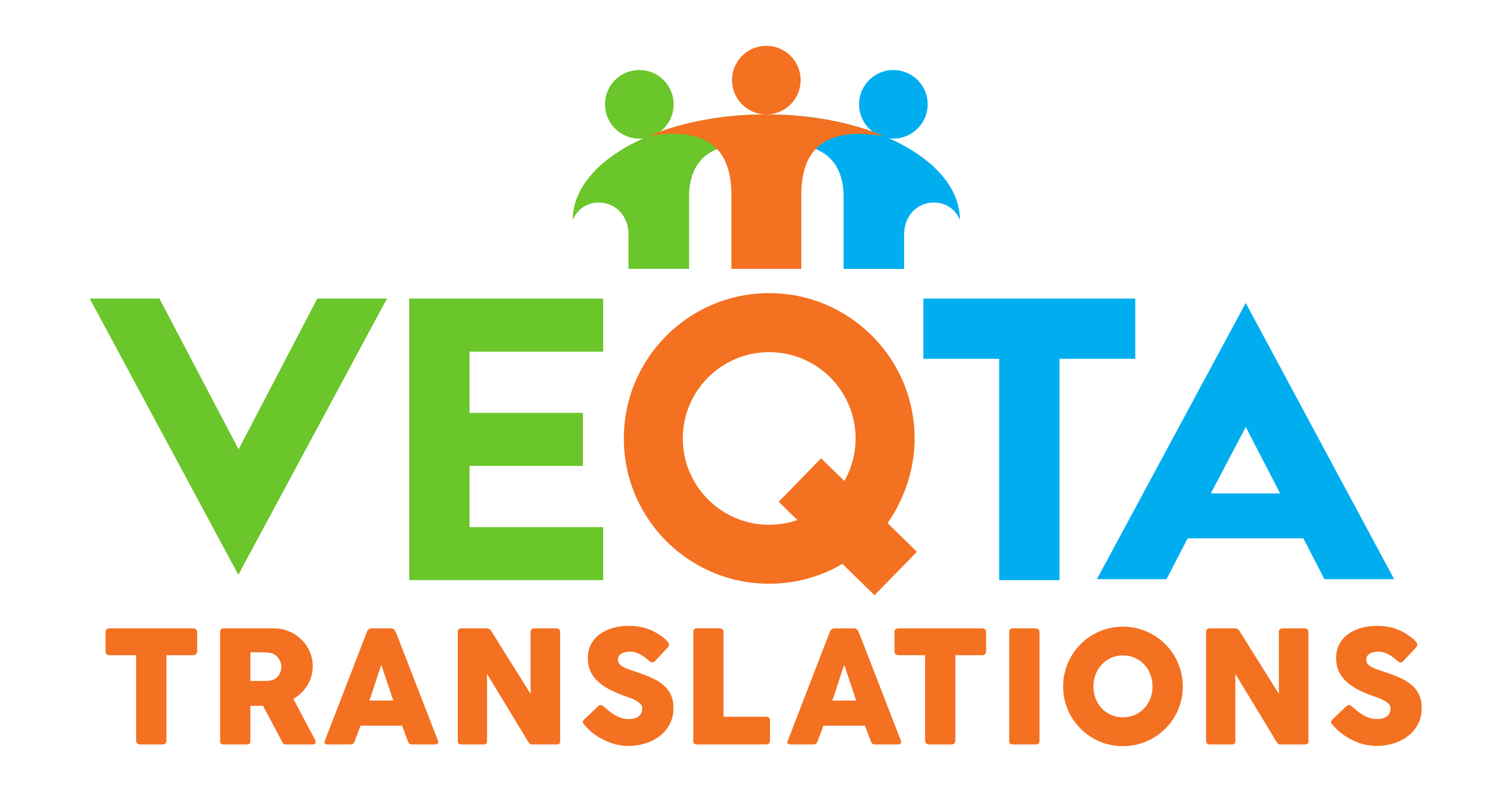Translation is more than just swapping words—it’s about bridging two entire ways of thinking. For Vietnamese EFL (English as a Foreign Language) students, translating from Vietnamese to English can be challenging because of differences in grammar, tone, and idiomatic usage. These translation errors reveal not just linguistic confusion, but also how deeply culture influences understanding. This article examines six common translation errors made by Vietnamese EFL learners, based on studies from universities such as Hanoi National University of Education and Can Tho University. We’ll explore how literal translation, tense misuse, and vocabulary mismatches occur, and what strategies teachers and translators can use to improve accuracy.
1. Literal Translation of Idioms
Vietnamese idioms often lose their intended meaning when translated word-for-word. For instance, “Nước đến chân mới nhảy” directly translates to “Jump only when water reaches your feet,” which confuses English readers. The correct equivalent would be “Waiting until the last minute.” Students frequently make this error because Vietnamese idioms are deeply cultural, and English lacks direct parallels.
2. Misuse of Articles
Vietnamese has no articles (“a,” “an,” or “the”), leading to confusion. Many Vietnamese EFL learners omit articles entirely, producing sentences like “I saw movie yesterday.” Teaching English article use through contrastive analysis can help address this persistent issue.
3. Verb Tense Confusion
In Vietnamese, tense is indicated by context or particles, not verb inflection. This often causes errors such as “I go to school yesterday.” Studies show that even advanced learners struggle with past and perfect tenses because they are unfamiliar in Vietnamese structure.
4. Collocation Errors
Vietnamese students might say “strong rain” instead of “heavy rain,” or “do a mistake” instead of “make a mistake.” Such errors stem from direct vocabulary mapping without considering English collocational norms.
5. Preposition Misuse
Prepositions in English carry nuanced meanings. Vietnamese learners often confuse “in,” “at,” and “on.” For example, “I’m good in English” instead of “I’m good at English.”
6. Word Order Errors
Vietnamese syntax differs significantly from English, leading to constructions like “She very beautiful is.” This reflects how Vietnamese sentence structure (Subject + Modifier + Verb) interferes with English order (Subject + Verb + Object).
Conclusion
Understanding these errors allows educators to create more effective training strategies. Translators and teachers alike can use error analysis to pinpoint weak areas, helping Vietnamese learners produce more natural English translations.
FAQs
1. What causes literal translation errors?
Over-reliance on bilingual dictionaries without context causes this issue.
2. Why do Vietnamese learners omit articles?
Because Vietnamese lacks articles, learners often ignore them when translating.
3. How can teachers fix tense misuse?
By using timeline-based visual teaching aids and context-rich examples.
4. What are collocations in translation?
They are natural word pairings in a language, such as “make a mistake.”
5. Is machine translation helpful for learners?
It can assist with vocabulary, but learners must still understand grammar rules.

Home
Blog, Localization, Translation6 Common Translation Errors in Vietnamese-to-English Texts: Evidence from Vietnamese EFL Students
6 Common Translation Errors in Vietnamese-to-English Texts: Evidence from Vietnamese EFL Students
Written by Lawrence Retales• October 16, 2025
Recent Posts
- From French Metaphors to English Clarity: A Case Study in Scientific Translation
- Localization Tactics: How French Marketing Content Is Adapted for English Audiences
- Challenge Sets in French → English MT: 7 Linguistic Divergences That Trip Up AI
- 10 Common Errors in Student French-to-English Translation and How to Avoid Them
- 8 Translation Pitfalls in French-to-English Localization: Insights from Norms-of-Substitution Studies
Translation & Localization Services in Over 200 Languages

Copyright © 2025 - VEQTA Translations Pte Ltd
